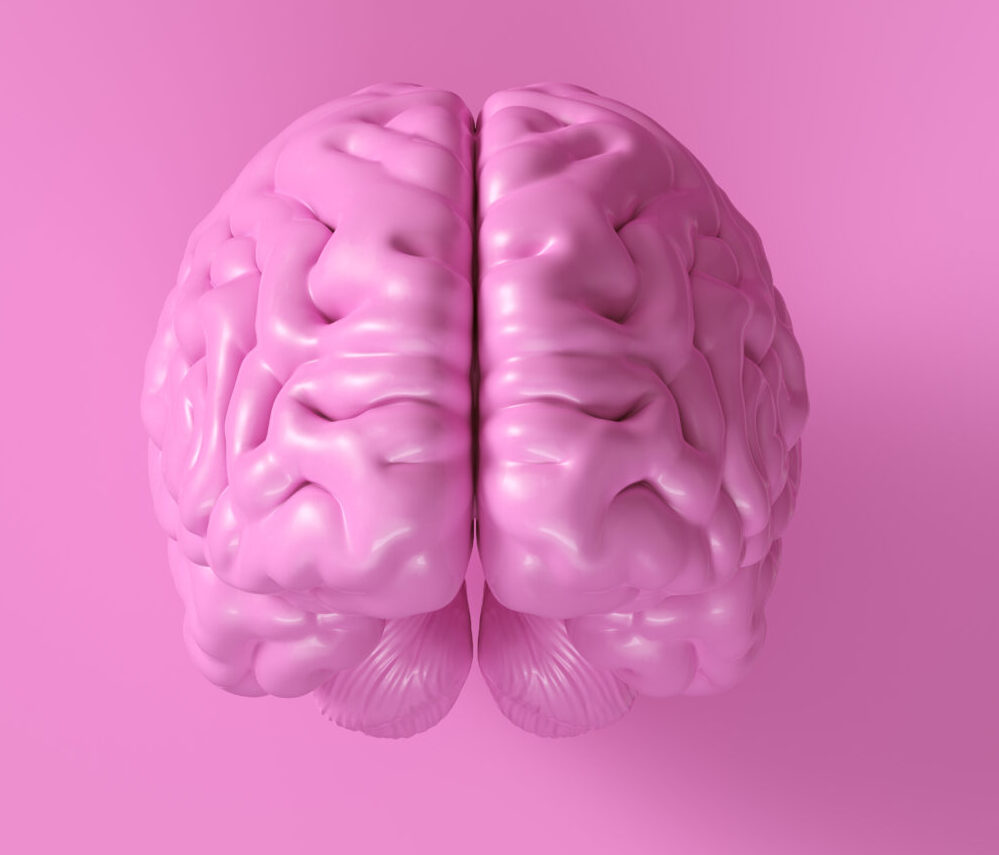Harnessing Innovative Technologies to Combat Alzheimer’s
### Harnessing Innovative Technologies to Combat Alzheimer’s
Alzheimer’s disease is a complex and devastating condition that affects millions of people worldwide. Despite significant research efforts, there is still no cure for this debilitating disorder. However, recent advancements in technology are offering new hope for those affected by Alzheimer’s. In this article, we will explore some of the innovative technologies being developed to combat Alzheimer’s and how they might change the future of treatment.
#### 1. Plug-and-Play Nanocages
Imagine tiny, natural particles called nanocages that can be designed to carry fragments of the proteins that cause Alzheimer’s disease. These nanocages are like tiny containers that help the body’s immune system recognize and break down the abnormal proteins in the brain. This innovative approach, led by researchers at the University of Technology Sydney (UTS), uses a “plug-and-play” nanotechnology platform to rapidly develop and test vaccines targeting various forms and combinations of Alzheimer’s-causing proteins[1].
The flexibility of this technology allows for more personalized vaccination, which is crucial because Alzheimer’s is a complex disease with proteins that can change their identities over time and differ between individual patients. By empowering the immune system to degrade and remove these proteins, researchers hope to halt Alzheimer’s in its tracks.
#### 2. Speech-Based Mobile Screening Tools
Another innovative approach involves using speech analysis to detect early signs of Alzheimer’s and mild cognitive impairment. Researchers have developed mobile apps that integrate automated speech processing and SVM classifiers to identify changes in speech patterns that may indicate cognitive decline[2]. These tools can be used in community settings, making early detection more accessible and potentially leading to earlier interventions.
#### 3. Neural Interfaces
Neural interfaces are devices that enable direct communication between the brain and external devices. By decoding brain signals, these interfaces can restore function in ways previously deemed impossible. For instance, patients with paralysis can now control robotic arms or prosthetics through thought alone[3]. This technology has the potential to transform treatment for neurodegenerative diseases like Alzheimer’s by improving cognitive and mental health.
#### 4. Xenon Gas Therapy
A groundbreaking study from Mass General Brigham and Washington University School of Medicine has revealed that inhaling Xenon gas can significantly reduce neuroinflammation—a key factor in the degeneration of neuronal health in Alzheimer’s disease. Xenon gas, traditionally used as an anesthetic, has shown promising results in mouse models by fostering a reactive state within brain cells that appears protective[5]. This dual-action mechanism offers potential for creating drugs that could fundamentally shift how Alzheimer’s is treated.
The study’s findings suggest that Xenon gas could not only slow disease progression but also enhance quality of life by reducing brain atrophy and neuroinflammation. A phase 1 clinical trial is planned to establish safety parameters and appropriate dosage levels before expanding into populations afflicted by neurodegenerative diseases.
### Conclusion
The fight against Alzheimer’s is a multifaceted challenge that requires innovative solutions. The technologies mentioned above represent significant strides in this battle. From nanocages that empower the immune system to speech-based screening tools and neural interfaces that restore function, each approach offers new hope for those affected by this devastating disease. Additionally, the use of Xenon gas therapy presents a novel non-invasive option with potentially fewer side effects compared to conventional drugs.
As research continues to advance, it is clear that harnessing innovative technologies will be crucial in combating Alzheimer’s. These developments not only offer new treatment options but also highlight the importance of interdisciplinary collaboration in addressing complex health challenges. With continued investment and innovation, we may soon see a future where Alzheimer’s is no longer a debilitating condition but a manageable one.





